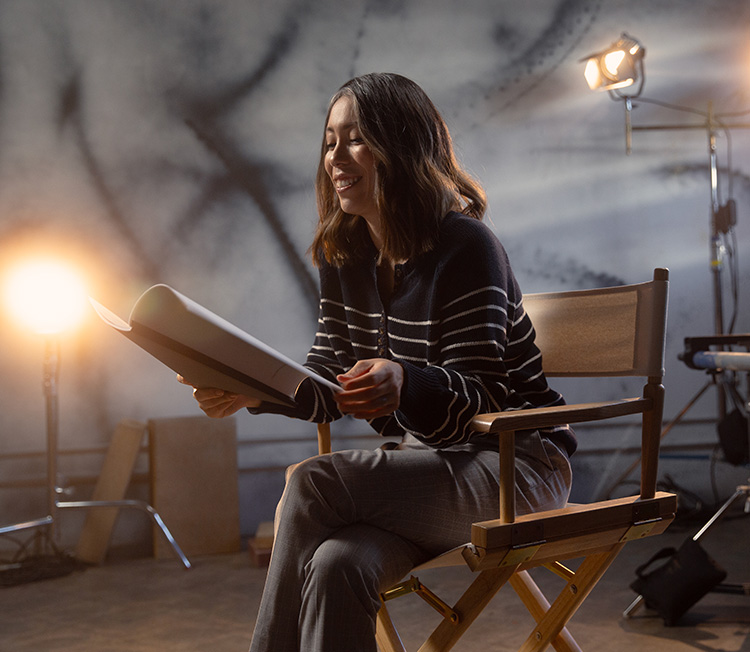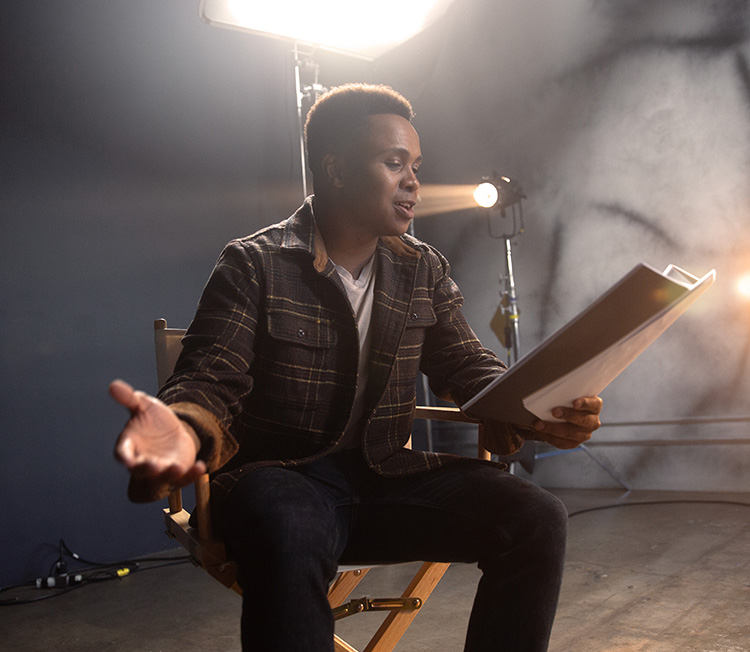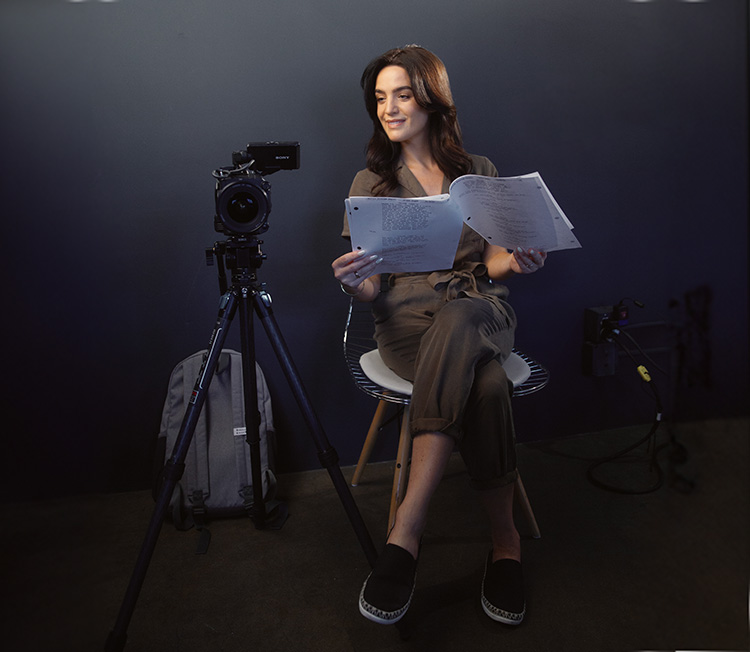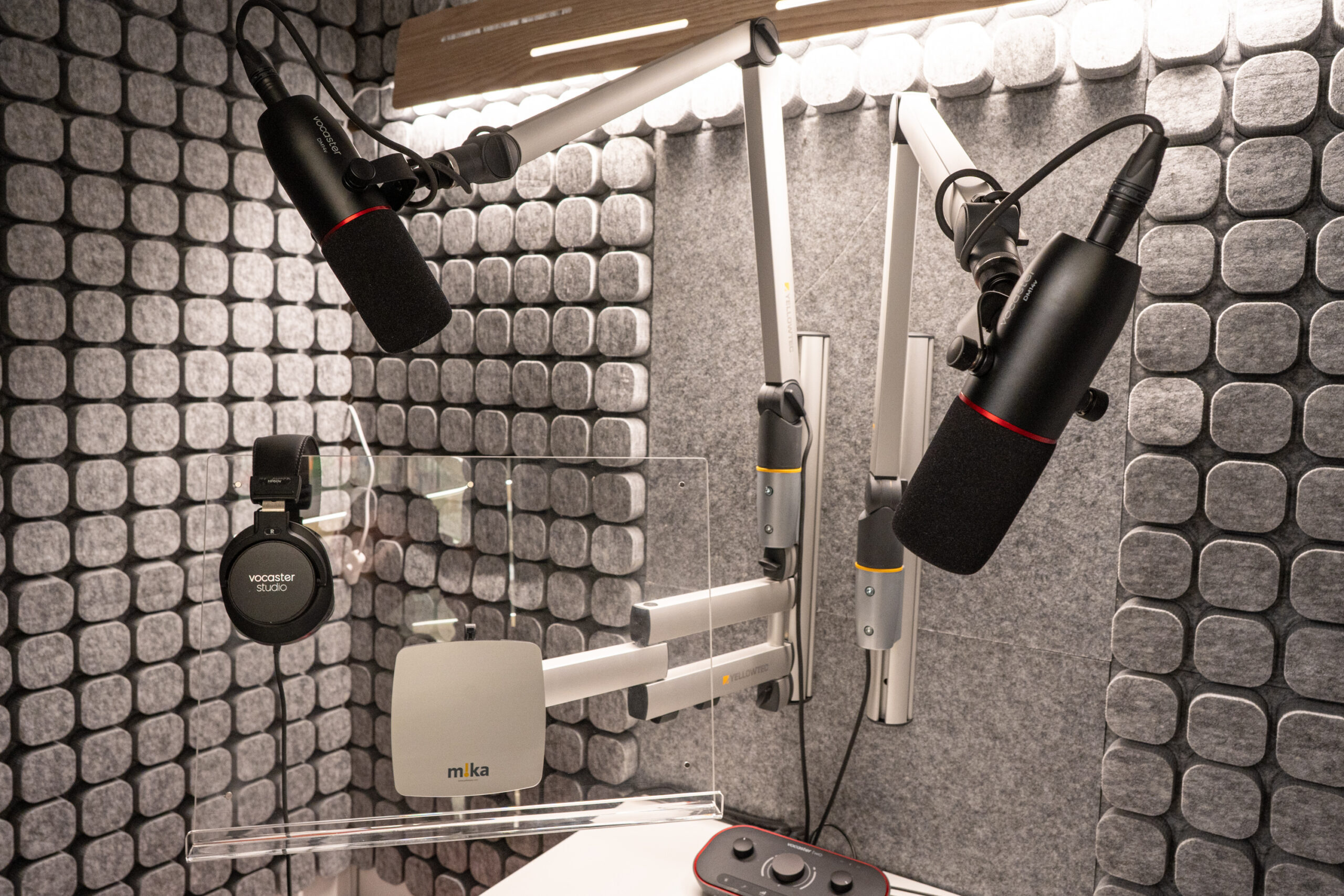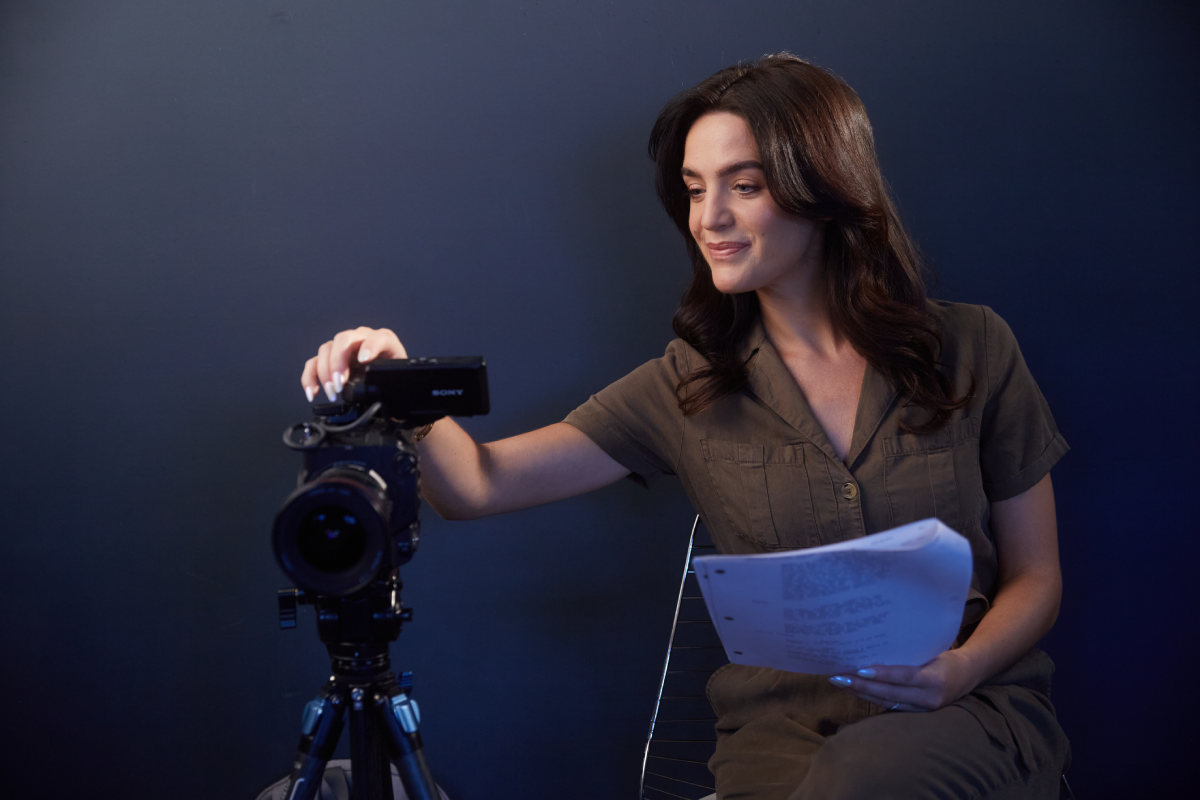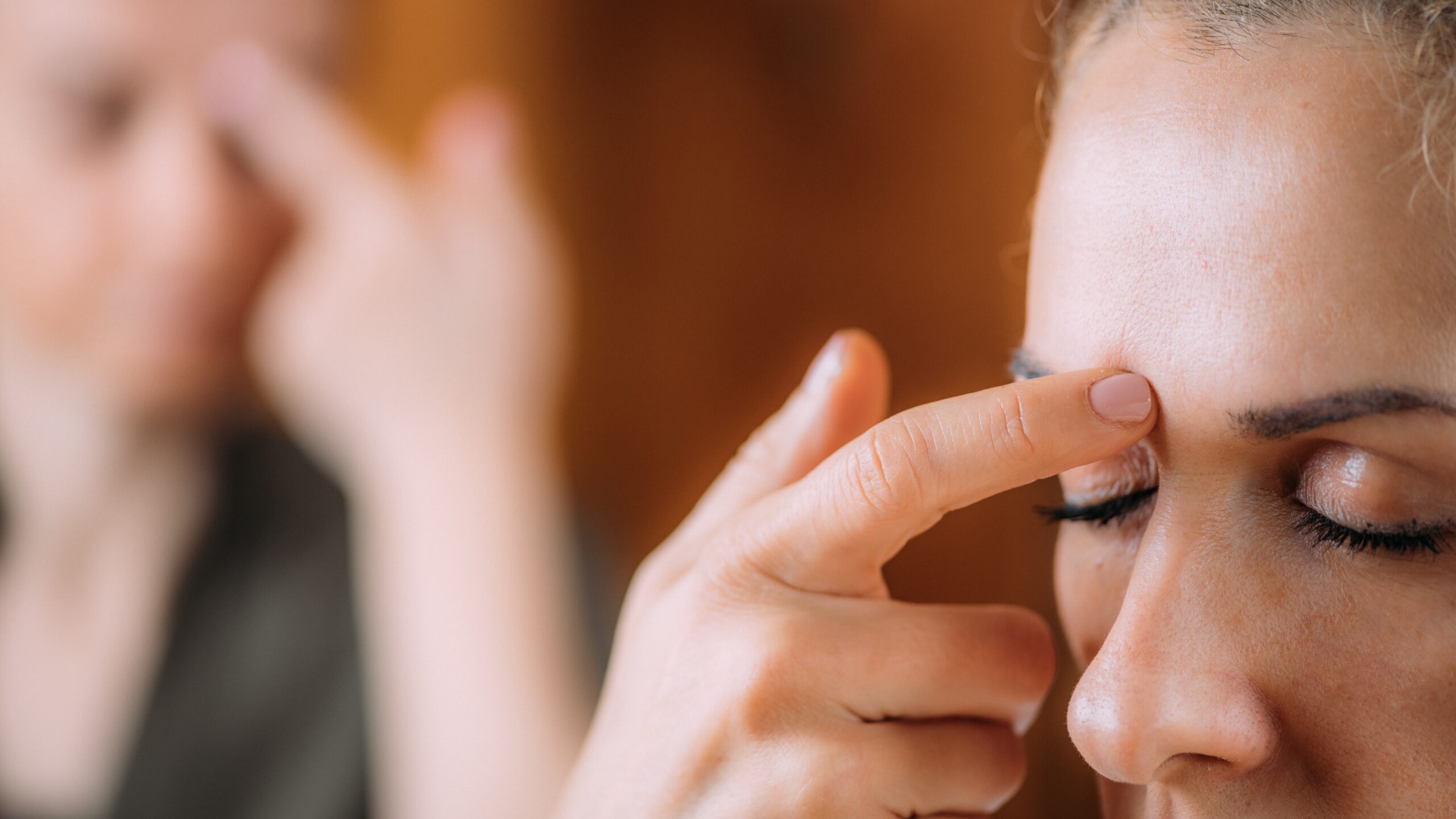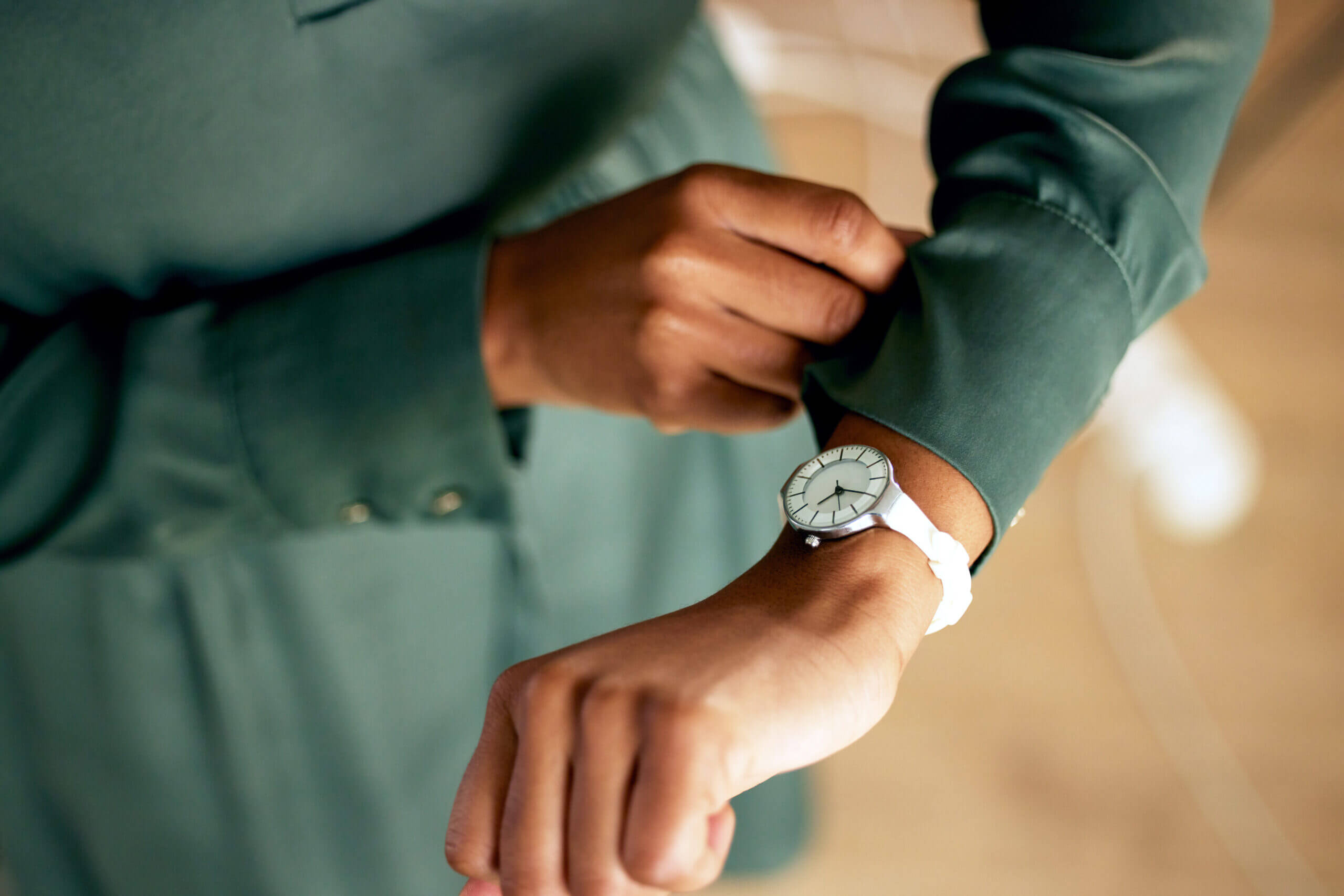Emotional Freedom Technique, the 30-second anxiety-reducing wellness therapy Cynthia Erivo and Ariana Grande used at the ‘Wicked’ premiere and how to use it on yourself.
With countless interviews, green carpets, awards ceremonies and the global roaring success of Wicked, it’s no wonder Cynthia Erivo and Ariana Grande have been looking for ways to regulate their nervous system. The pair were spotted lightly tapping on each other’s face at the London premiere, using a technique called EFT (Emotional Freedom Technique).
While your recent schedule may not be as hectic as theirs, if the idea of New Year resolutions and endless goal lists make you want to crawl back into bed and pull the duvet over your head, EFT might just be the thing for you.
What is EFT Tapping?
What if you didn’t have to fully reinvent yourself as the ‘new year, new me’ in 2025 and instead simply be the same wonderful you but with a more relaxed and resilient nervous system?
Let me introduce you to EFT (also known as tapping): a very simple and effective pattern interrupter and cortisol-reducing technique, akin to other modern therapies such as hypnotherapy and neuro-linguistic programming (NLP).
The significant difference with EFT is that you can do it on your own, anywhere and anytime, for as little as a few seconds and already feel its calming and anxiety-reducing effects, making it an ideal tool for performers pre-audition or performance.
How Does EFT Work?
EFT is a mix of modern psychology (using statements to rewire the subconscious mind and its belief system) and traditional Chinese medicine using acupressure – think acupuncture without the needles, on the body’s meridian system. While this may seem technical and complicated, the effectiveness of the technique lies in its simplicity.
Most of our emotions and past experiences are stored in the body and the subconscious mind. As specific points – that correspond to the end of meridians – on the face and upper body are stimulated through gentle finger tapping, combined with short statements specific to the issue at hand, the trapped past energy, emotions and beliefs are allowed to flow better, get processed and eventually released, at a conscious level.
EFT helps to connect the mind and body through the activation of the parasympathetic nervous system, therefore allowing the body to relax.
Why and When to Use EFT?
While EFT has had amazing results on people who suffered from phobias, PTSD or other deeply rooted issues, it’s also equally powerful as a pattern interrupter or a positive programming tool.
If you find, for instance, that the very action of setting up your space for a self-tape makes you anxious, there could be a strong neuro pathway or association in your brain between auditions and stress. And so, using EFT could be an effective way to rewire your subconscious with the new belief that auditioning is safe for you and that you’ve got this. In turn, this will allow you to feel more relaxed when self-taping as your emotional response to the situation diminishes.
If you imagine your mind as software, positive programming is when you’re already feeling good and decide you’d like to get a software update, so to speak, by implementing a new empowering belief, without necessarily having to first deal with a current issue or pattern. This could be a great way to supercharge an affirmation, or to set an intention for your day in the morning.
How Do You Perform EFT Tapping on Yourself?
The two golden rules of EFT are: it always works and you cannot get it wrong. However, the more specific you are with the statements you make, i.e., the belief or emotional state you want to change, shift or achieve, the better it works.
There are nine main tapping points (or end of meridians), see image below. Some people also like to tap both their wrists together as point number 10. Whether you tap on both sides or only use one hand, it doesn’t matter. The same applies for the ‘Karate Chop’ point, you can use your left or right hand.
 Image credit: Samantha Schnitzler
Image credit: Samantha Schnitzler
Be gentle when tapping on the points, light movements with either two or three fingers work perfectly. Don’t worry about being too specific with where the points are, it’s around that general area.
Drink water before and after your tapping session, as water is a great conductor of electricity and helps energy to circulate better throughout the body.
If you’d like to give tapping a go, here are two ways, as a tapping practitioner and performer myself, I find the easiest and most effective:
1. As a Pattern Interrupter
- Identify the feeling, pattern or belief that you’d like to change. Start tapping on the ‘Karate Chop’ point, while making a statement about the issue.
- Repeat that statement out loud three times, either keeping it the same or choosing the iterations that feel right to you and try to be as honest as you can with how you truly feel.
So, if we take the example of self-tapes, your ‘Karate Chop’ point statements could be something like:
“Even though I feel anxious about self-tapes, I choose to deeply and completely love, accept and forgive myself.”
“Even though I feel stressed out as soon as I start self-taping, I choose to deeply and completely love, accept and forgive myself.”
“Even though I’m afraid I’m going to mess up this self-tape, I choose to deeply and completely love, accept and forgive myself.”
I like to think of this intro bit as a warm-up for our mind where we instruct it with what it is we’d like to shift – while also reassuring ourselves that there’s nothing that we think is so bad or shameful about us that we can’t think or feel and still love, accept and forgive ourselves. Because oftentimes, what really keeps us stuck isn’t the issue itself, but rather how we judge ourselves for feeling this way.
I found that this part became easier over time as I got to know myself better and became more familiar with the process.
After your warm-up, you can move on to the other eight tapping points (the ‘Karate Chop’ point is only used during the intro). Generally, you use a statement per point and go through all eight points:
- Top of the head
- Eyebrow
- Side of the eye
- Under the eye
- Under the nose
- Under the mouth
- Collarbone
- Under the armpit
On each of those points, I like to use three different phases to create the rest of the session. Tapping through all eight points is called a ‘round’ and you can do one round or as many rounds as feels enough for each phase.
The first phase is where we talk about the issue itself. For example:
- Top of the head, “I feel anxious about self-tapes,”
- Eyebrow, “and I feel this tension in my chest,”
- Side of the eye, “and it’s making me doubt myself.” etc.
Continue for as long as you feel you need and when it feels right, move on to the second phase – it can be on any point, there is no need to have reached the end of a round.
The second phase is where we open the possibility of something different with statements such as:
“What if it was possible for me to feel more relaxed about self-tapes?”
“What if I could be more confident with my tapes?”
“Perhaps I could trust myself a little bit more.” etc.
And the third phase is where we make statements about how we want to feel such as:
“I choose to relax around self-tapes.”
“I choose to trust myself, because I am a talented and capable actor.”
“I choose to have fun with this self-tape today.” etc.
There are no hard and fast rules about when you should change phases or even what you should say. Remember, it always works and you can’t get it wrong, so trust yourself and know that it’ll become more and more intuitive with time.
I like to end each of my tapping sessions with the statement, “And so it is,” and take a deep breath in and out, but that’s a personal preference.
2. As a Positive Programming Tool:
This one is really simple and you don’t need to use the three opening statements. These sessions tend to be shorter but tap for as long as feels right for you.
All you have to do is identify how you’d like to feel and go through rounds of tapping on the eight main points. For example, your statement could be:
“I choose to have a nice day…and I choose to feel grateful today…for everything I have in my life…and for the fact that I’m showing up for myself with this tapping session.”
Let your intuition guide you and trust the process.
Tapping hack: If you’re in public, in an audition waiting room for instance, and you’d like a quick, inconspicuous way to calm your nerves, simply tap lightly on the ‘Karate Chop’ point while making statements in your head. You can also hum as you tap as it’s a great way to reset your nervous system.
Disclaimer: It’s common to yawn during tapping, to feel emotional, to laugh, or even to feel nothing at all. Most people feel more relaxed immediately after a session, or slightly tired, but it’s all very normal.
EFT has been my favorite self-development and self-empowerment tool for a few years now and once you get used to it, it becomes really effortless to use it anytime for anything, allowing you to tap – no pun intended – into unlimited possibilities of self-growth and inner peace.
And just like with meditation, you will feel the effects of EFT lingering throughout your day, adding up to a calmer, more resilient nervous system over time.
If you’d like to learn more about EFT sign up for Samantha’s next free event with Spotlight or attend her free weekly online EFT sessions for actors, by simply emailing “Join” to thecreativetap111@gmail.com.
 Samantha Schnitzler is a certified EFT (Emotional Freedom Technique) practitioner, actress and writer. She first fell in love with EFT as a tool she could use daily for her own wellbeing and decided shortly after to get certified to help other creatives feel better. Using this technique Samantha has now worked with countless creatives in the Film, TV and Theatre industry – from actors to casting directors, directors, and agents – helping them find more peace, happiness, reduce their stress and anxiety and manifest their desires with more ease.
Samantha Schnitzler is a certified EFT (Emotional Freedom Technique) practitioner, actress and writer. She first fell in love with EFT as a tool she could use daily for her own wellbeing and decided shortly after to get certified to help other creatives feel better. Using this technique Samantha has now worked with countless creatives in the Film, TV and Theatre industry – from actors to casting directors, directors, and agents – helping them find more peace, happiness, reduce their stress and anxiety and manifest their desires with more ease.
Headshot credit: YellowBellyPhoto

